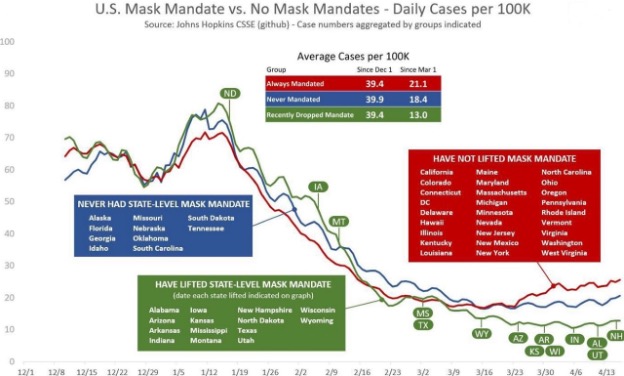In my opinion, every sales organization and sales leader has had a very distinguished and legitimate request to achieve goals. This request involved elements, however, which have not always been available. Such elements included sales processes, and sales applications such as analytics, data mining, and many others that needed to fit together for a seamless data flow. Unfortunately, though, these applications have existed almost independently like silos.
All of these elements should combine to paint the big picture that sales need to accomplish its mission. These elements include collecting data correctly, and data modeling through analytics to accurately measure your business outcomes for the future. In the end, this seamlessness results in the symbiosis between humans and machines, as we discussed in the last article.
As a developer and a vendor, we are committed to the use of the latest technology. We’re dedicated to the use of open-source, as we know that open-source host GitHub now has 40 million programmers all contributing to the very latest applications. It no longer makes sense to hard code anything by ourselves.
The road that we’re traveling is never-ending. We will continually be improving Pipeliner CRM in ongoing iterations. The technology that will come out of our constant improvements will provide consistently greater insights.
It won’t be that long until we’re able to talk to machines and receive replies, that we will be able to write with a finger on a screen and someone else will be able to click on it, and receive suggestions for process improvement right from the machines. Machines will provide fantastic data insight to us humans, and humans will be able to make precise decisions through understanding the data.
Through correct interpretation of the data, we can avoid what has happened through the covid pandemic, in which data was no longer believable. If data is not valid, wrong conclusions will be drawn from it, as we have seen in the last year.
If you look at the graph below from Johns Hopkins University, you’ll see that in the U.S., states that had no mask restrictions or have now lifted them, have fared better in relationship to covid-19 than states that have not lifted mandatory mask mandates.

As you can see, the results can be devastating if your data is not correct.
Let’s pull it all together—so that we’re seamlessly and precisely operating with correct data and achieving the right results.





















Comments (2)
My first time to visit in the blog. In the blog is very interesting and informative for me. Some people visited to here in the blog review is very good. I really like to it for here.
Amazing!